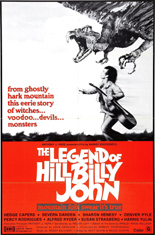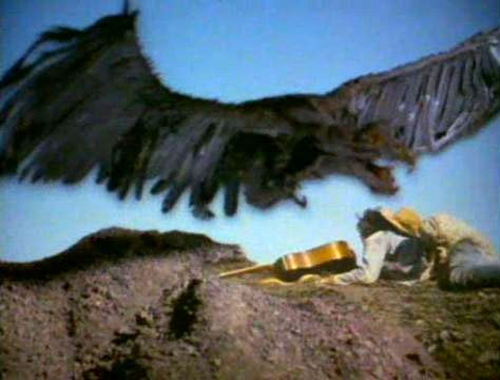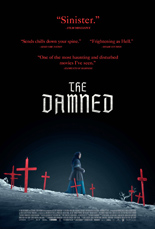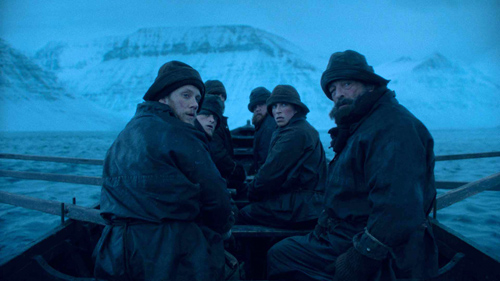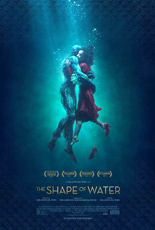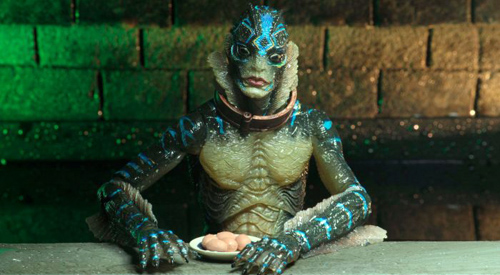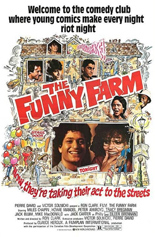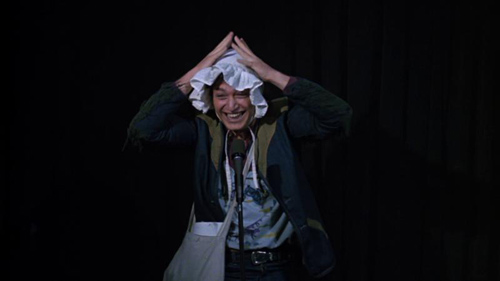
When a new species of spider — your guess to its level of bloodthirstiness — is discovered in Chinese mountain caves, the news piques the interest of college student Qiumu (Zheng Zefei) who’s obsessed with exactly two things: spiders and boobs. He’s only seen one of those things, strictly judging from the Party City closeout web above Qiumu’s dorm room bed.
Enlisting the help of a documentary filmmaker of the opposite sex (Zhangzhen), he quickly devises a mission: “Let’s go to find the spider.” (sic) They do go, and they do find. The latter is quite easy, on account of it being so large, the thing’s impervious to their swinging knapsacks. It’s also hairy, stabby-legged, big-bootied and, of course, computer-generated.
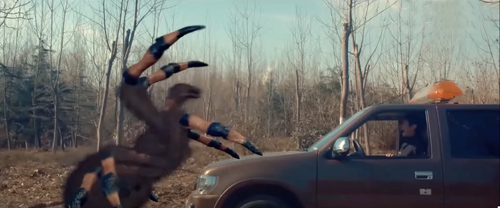
As if an eight-legged freak of nature mutated by industrial toxic waste weren’t enough of an antagonist, the movie offers a human villain, too: Mr. Wang. Hey, someone needed to be the literal butt of the diarrhea jokes. Speaking of, as he’s grunting and grimacing on the toilet, the subtitles read, “Why is it so sticky?”
At minute 64, Bloodthirsty Crazy Spider calls it a day with a hard stop. No climax, no ending. Just a harsh rebuke that this is all your fault. You — yes, you — caused the massive creepy crawler by carelessly allowing your can of Juiced Monster Khaotic® to sink to the ocean floor, asshole.
The creature feature makes good use of abandoned factories and poor use of everything else, particularly whatever program the Youku production company booted up to animate the arachnid. The software’s free trial period appears to have expired since said spider hardly looks fully rendered. When it skitters, viewers titter. —Rod Lott


